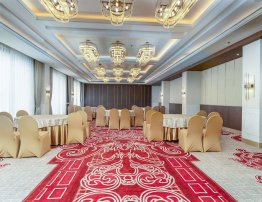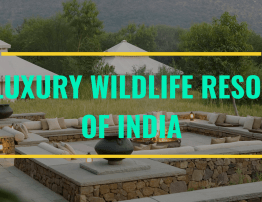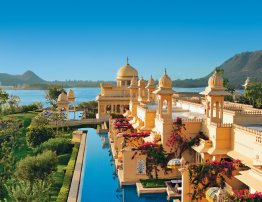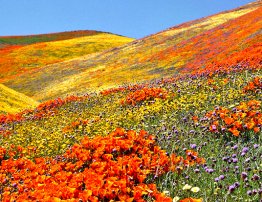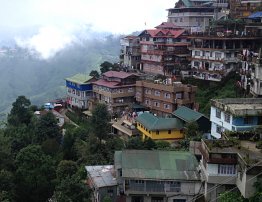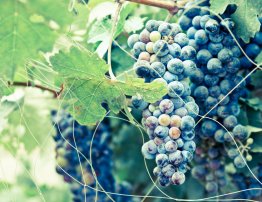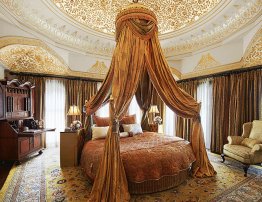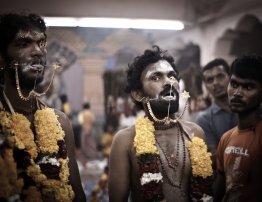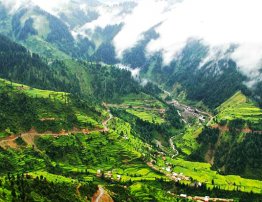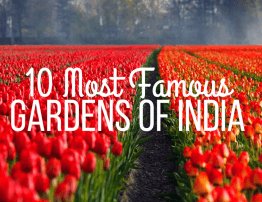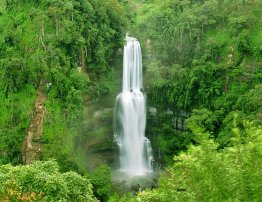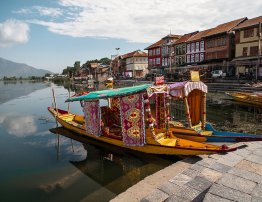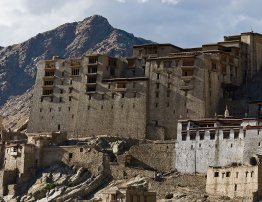Bikaner
Introduction:
The deserts fascinate from a distance but it is only the true lovers of sun and sand who make it their homes and create miracles smack in the middle of the dry arid land mass. It is a major tourist centre and part of Golden Triangle Route. More voluntarily called the camel country; the city is eminent for the best riding camels in the world and hence boasts of having one of the largest Camels explore and breeding farm in the world. The wonderful forts and palaces, created with delicacy in reddish pink sandstone, bear evidence to its rich historical and architectural inheritance. Surging lanes, colorful bazaars with bright and joyful folks make Bikaner Rajasthan an interesting experience to explore.
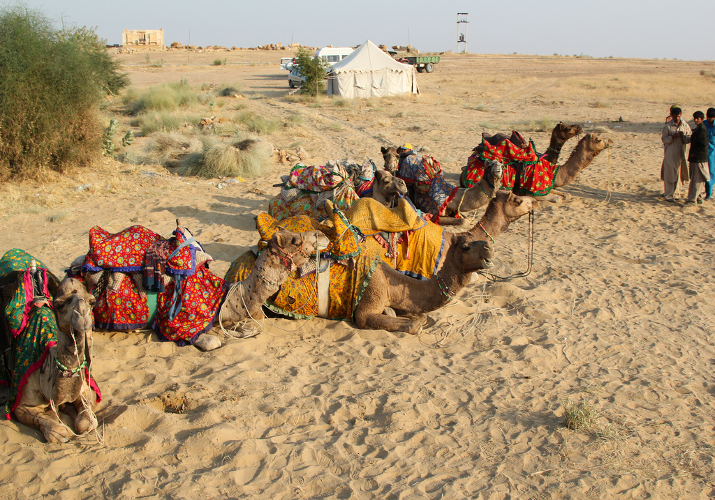
Photo Credit: Saket Vora
Destination Facts:
Location: Rajasthan, District Bikaner
Altitude: 268 Meters
Temperature: (summer 32 to 45°C) & (winter 5 to 28°C)
Languages spoken: Hindi, Marwari
Getting there:
Nearest Airports: Jodhpur airport is the nearest airport.
Main Railway Station: Bikaner itself has a railway station.
Main Bus Station or Road: Bikaner is well-connected to all cities in Rajasthan by state owned bus services.
Distance of a few Major Towns from Bikaner:
Jaipur-330km, Jodhpur-250km, Jaisalmer-320km, Ajmer-280km.
Places of Tourist interest:
Gajner Palace:
The Royal family of Bikaner has created many numerous architectural marvels in Bikaner. The Gajner palace, often remembered as 'a jewel in Thar desert', was conceptualized as a summer resort for the royal families. The palace has been a witness and acted as the backdrop for numerous lavish shoots and grand entertainment. The palace has been tastefully carved in red sandstone and is famous for its intricately carved jharokhas, pillars, and screens. The palace has been partially converted into a heritage hotel.

Gajner Palace
Junagarh Fort:
The fort is one of its kinds with a strong, innovative and formidable structure which is encircled by a water moat which is believed to have bred crocodiles in the past. An amazing network of havelis with courtyards and balconies, watch towers, armory, halls and other the fort exudes an aura of red sandstone (Dulmera) and marble. The grand fort has a long rampart which is almost a 1000m long and is studded with 37 bastions and two entrances.
Lallgarh Palace:
Best part about the Palace is its unique blend of architecture which amalgamates the unique styles of the Rajputana, Islamic and European culture. Further, the architectural poetry has been adorned with exquisite latticework as well as filigree work. The palace is open from 10am - 5pm daily except Sunday.
Sadul Singh Museum:
The Sadul Singh Museum covering the entire first floor of the Lallgarh palace is dedicated to the lives and exploits of three successive kings of Bikaner, Maharaja Ganga Sigh, Sadul Singh and Karni Singh. The Museum depicts these three kings and their passions through numerous artifacts, displays as well as photographs and life size paintings in more than 20 rooms. The royal family of Bikaner still resides in one part of the palace. A wide spectrum of Georgian paintings, hunting trophies and rare artifacts adorn the museum displays and walls.
Jain Temple:
The temple stands out because of its exquisite exteriors which shine with the combination of red sandstone and white marble. The temple exteriors as well as the interiors are beautifully carved into various religious carvings. Rich leaf paintings, frescoes and superb mirror work adorn the temple interiors. It is believed that the temple foundation is laid on a plethora of coconuts and pure ghee.
Karni Mata Temple:
The temple is 600 years old and it is widely believed that feeding the rats at this temple and getting touched by them would bring good fortune. It is also believed that these rats would reincarnate as holy men especially the white rats are considered auspicious. The temple, with silver gates and overhead mesh to protect the rodents from birds, is carved out of stone and marble.
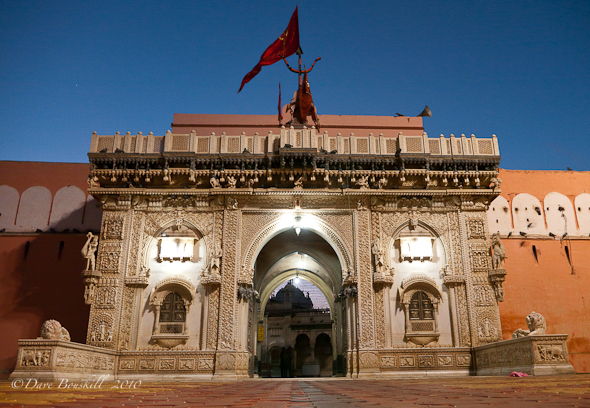
Karni Mata Temple
Kote Gate:
The chronic shopaholic never misses the whiff of local market food stuff and the by lanes which are hidden from the world, carving out magnificent masterpieces for throwaway prices. The Kote gate in Bikaner is one such place which is full of surprises for the ardent shopper. Being a part of history has endowed Bikaner with numerous art forms and handicraft artisans who produce creative wonders relentlessly.
Eating out:
Local dishes are spicy, made so by the generous use of red chili pepper. Lentils, gram flour, wheat and millet are the staples accompanying the vegetable curries, game birds and rabbit meat dishes and the famous 'Bikaneri Bhujiya.'
Getting around the destination:
Auto and cycle rickshaws and Tongas are available for moving around as there is no public transport here.
Shopping Areas & Entertainment:
Lacquer work, camel and sheep wool carpets and other handicrafts, cotton and woolen handlooms - cushion covers, durries, shawls, carpets, clothes, and knick-knacks made by the people.
Best time to visit:
October to March is the best time to visit the destination.
Festival:
The Bikaner Camel Festival and Fair held in the month of January is dedicated to the indispensable ‘ship of the desert.
 Use Coupon code
Use Coupon code


